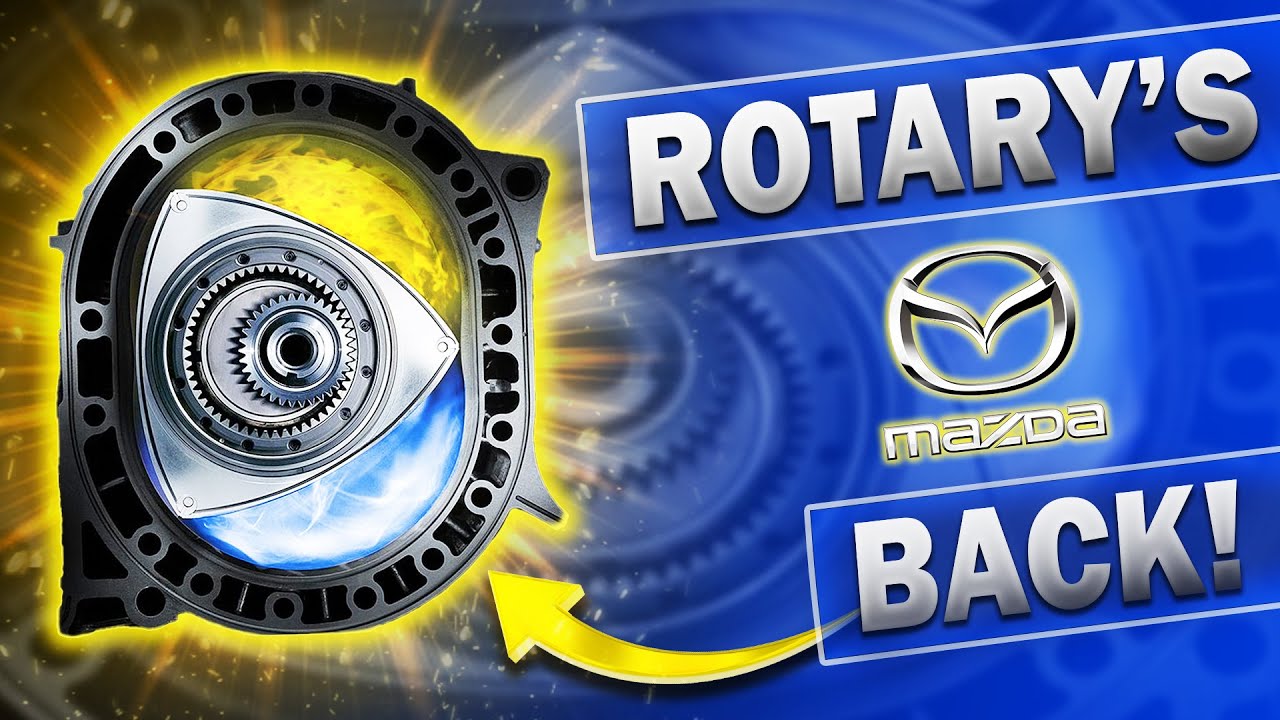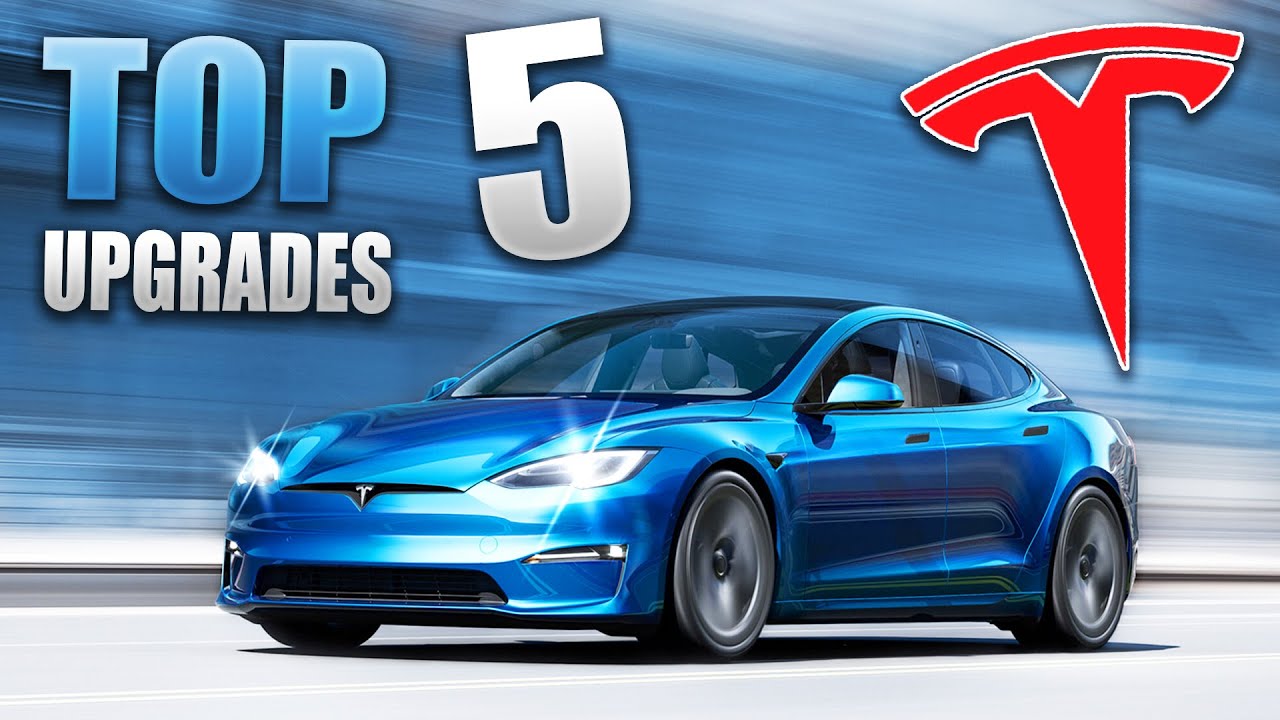The wacky Wankel rotary engine is a true cult classic. It is loved for its high-revving scream and hated for being outrageously unreliable. It’s been over 10 years since we gearheads got our hands on one of these engineering masterpieces. But guess what? The rotary engine is BACK, and we aren’t pulling your leg.
We have a very brief story to drive the point home that Mazda hasn’t pulled the old “lipstick on a pig” routine with their renewed rotary engine. Though the RX-8 ceased production in 2012, an under-the-radar factory in Hiroshima, Japan, has been building the 13B rotary engine that powered the RX-8 ever since.
Run by a small team of 10 expert Mazda rotary engineers, this little shop continues to turn out bespoke rotary engines for customers worldwide. The point is Mazda has not been resting on its laurels. Just the opposite. They’ve been working on perfecting the Wankel rotary engine for its impressive next act.
Before you get TOO excited, we should mention that the latest rotary-powered Mazda is NOT fit for Fast and the Furious antics. It won’t be blowing out eardrums with shrieking RPMs, either. In fact, the new Mazda rotary engine doesn’t even provide power to drive the wheels of this new vehicle.
That’s right. Mazda’s latest rotary engine is actually just a component within a larger ELECTRIC VEHICLE! If you’re not happy to hear that, you’re REALLY not going to like this.
The new engine is a single-rotor design, producing a whopping 74 horsepower out of zero point eight three liters.
Compare that to the previous Renesis engine in the RX-8. That engine featured a dual rotor design, produced 232 horsepower, and was 1.3 liters.
And to make things even more unbelievable, the vehicle the new rotary engine is going in will do a neck-snapping zero to sixty miles per hour in only 9.1 seconds. That is zero point one second slower than your grandmother using her walker!
Pop quiz! What food-related nickname does the rotary engine have?
Spinning Dorito!
Before you hit the back button and stop watching, stick with us. There are triple-rotor RX-9 updates.
Yes, we said factory triple rotor, but first, let’s talk about this snail of a mobile our beloved rotary is going in. Or let’s take a positive spin on things. Let’s talk about the vehicle keeping the rotary alive and relevant!
Do you remember the Mazda MX-30 EV? Probably not. This funky hatchback on stilts didn’t knock anyone’s socks off, thanks mainly to the 100-mile range and only being available in California. Mazda sold an impressive 514 units total after the first two years of production. For reference, you are more likely to see a Ferrari Daytona SP3 than you are a Mazda MX-30. Now that is just wrong. Now enter the next-generation rotary range extender.
The Mazda MX-30 eSkyactiv R-EV is a plug-in hybrid. The new “8C” rotary powers a generator that powers a battery pack to provide for the electric motor. Though it’s not for an RX-9, this new rotary engine development may ve what’s providing the technology for the triple-rotor. So, let’s take a deeper look!
The earlier rotary engines were plagued with poor fuel economy, high oil consumption, and a tendency to pollute the atmosphere. This brand-new 8C Wankel has taken several exciting steps to address that.
For starters, the 8C uses direct fuel injection. Meaning the fuel is sprayed directly into the combustion chamber versus through an intake port on prior generations. Mazda states this “atomizes fuel at the time of injection, making it possible to sufficiently vaporize fuel even at lower temperatures and also helps prevent injection of excess fuel.”
Mazda has also added an exhaust gas recirculation system to their new baby. It operates primarily at low temperatures and during low-load conditions. The large surface area of a rotary engine’s combustion chamber leads to higher cooling losses than a traditional piston engine. This EGR system works to reduce that.
The three-sided rotor spinning inside the engine house has a tip at each end or apex. These tips have always had seals to ensure a tight fit against the inner surface. Still, they have historically struggled to maintain that connection. The new 8C apex seals are 25% wider, AND the inner surfaces receive a new plasma ceramic coating. All to reduce wear and decrease frictional resistance…
There is one more nifty aspect to the new 8C rotary engine. Back in May 2022, Mazda filed a patent in the US for a novel method of adding variable valve timing to a rotary engine. Though Honda had gearheads drooling over their high-revving VTEC system in the ‘90s, most of us take VVT for granted these days.
That’s because modifying valve timing is relatively easy on a piston engine where the valves actually move. Not so easy on a rotary engine. Why? Because instead of valves, it uses ports. And those ports? They don’t move. This is one reason rotary engines rev to the moon so easily. But this is Mazda we’re talking about. And their engineers are about as innovative as they come.
The patent application describes using the generator within the MX-30 R-EV powertrain to modify how quickly the rotor spins within its housing. This has the effect of varying how long the intake port is open and closed. In other words, variable valve timing for a rotary engine! It’s unclear if this clever system has been used on the new MX-30. Still, the timing of the patent application is certainly interesting.
Speaking of that new rotary-powered MX-30 R-EV, it does not appear to be coming to North American shores.
But Mazda has said they anticipate this technology to enter more of their product line. So, we could be seeing it in one form or another. In the end, that means the rotary could become the go to engine!
So yes, the truth is, the new Mazda rotary engine is not exactly the stuff of gearhead dreams. But you have to appreciate the ingenuity that Mazda brought to bear on this latest generation Wankel. And as we mentioned earlier, there is hope for the return of a triple rotary-powered sports car. Some might say an RX-9.
Mazda has become an unofficial brand ambassador of the rotary engine thanks to 50 years of working on them. As the sports car market continues to grow, it would be really odd to see a non-rotary engine powered sports car from Mazda.
JDM fan or not, you can’t help but get fired up at the prospect of a twin-turbo RX-7 spooling to the moon. The promise of a 9,000 rpm soundtrack. 232 plus horsepower from one point three liters. All while weighing less than 250 pounds. Near-perfect weight distribution. Such specs are the stuff of enthusiast dreams.
These numbers come from a Mazda RX-8, the last production car to run on rotary power. It followed the mighty RX-7 and the legendary Cosmo before that. Not to mention the LeMans winning 700 horsepower four-rotor Mazda 787B from the 90s.
But where were we? Right, focusing on patent research. This time in Europe, a recent patent application clearly shows a low-slung RWD coupe powered by a triple-rotor engine! One of the application drawings shows a powertrain architecture remarkably similar to the gorgeous JDM Mazda Eunos Cosmo from the early ’90s.
That particular Cosmo was the only time Mazda built a rotary-powered car with three rotors. Could Mazda be gearing up to drop this modern high-performance Wankel rotary motor into a production version of the RX-Vision concept? The RX-Vision was a concept car Mazda displayed back in 2015. It later found its way into Gran Turismo.
But turning our attention back to the rotary and understanding how manufactures work. It is logical to assume the triple-rotary engine will be based on the 8C. That would mean a two point five liter producing 225 horsepower naturally aspirated. If Mazda holds true to past performance, a turbocharged 300 to 350 horsepower engine is quite possible!











